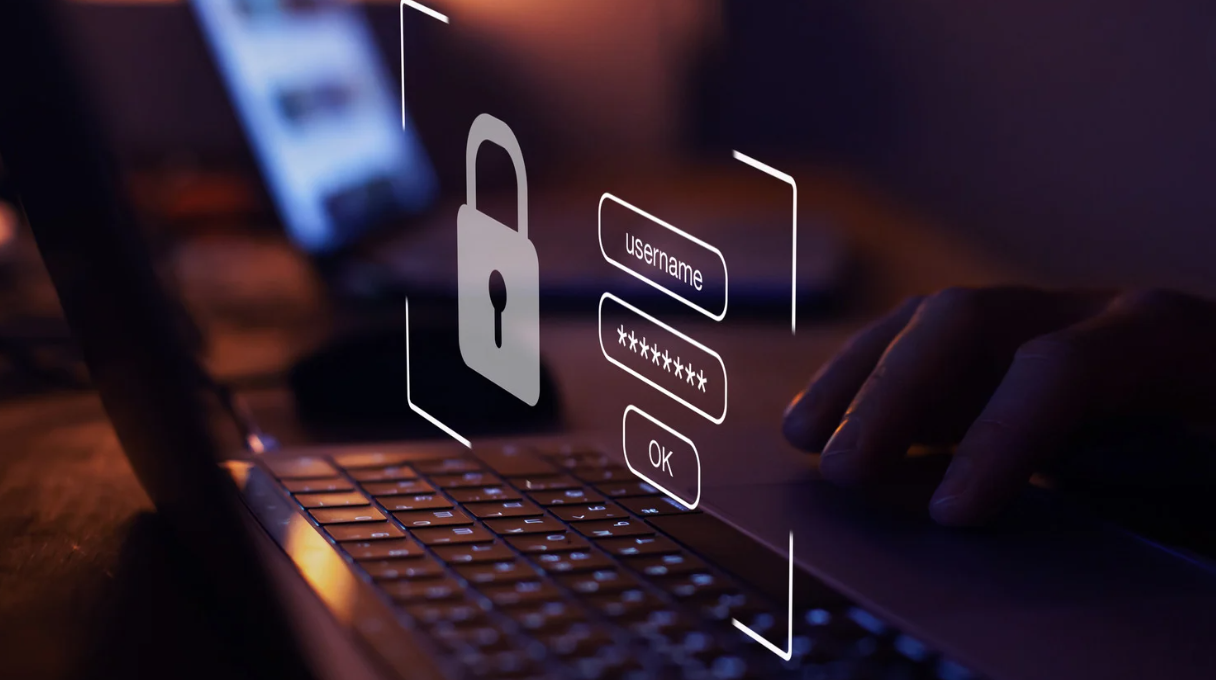Cybersecurity is becoming increasingly vital in today’s linked world.With the growing number and sophistication of cyber attacks, traditional protection approaches are straining to keep up. Enter artificial intelligence (AI), a game changer in cybersecurity. AI is changing the way we protect our digital assets, making it an essential tool in the ongoing fight against cybercrime.
As cyber attacks become more complex, the demand for innovative cybersecurity solutions has never been higher. Artificial Intelligence (AI) is a disruptive technology that is changing the way we defend against digital attacks. In this article, we will look at seven game-changing AI advancements that are transforming cybersecurity and protecting the digital frontier.
The Role of AI in Cybersecurity
AI adds a new level of intelligence and efficiency to cybersecurity. AI can identify and respond to dangers faster than humans because it uses machine learning, deep learning, and data analytics. Here’s how AI makes a difference:
Threat Detection and Prevention:
AI systems can scan massive volumes of data in real time, identifying unexpected patterns and behaviors that may suggest a cyber attack. This early detection enables faster responses, frequently preventing attacks before they inflict damage.
Automated response:
Once identified, AI can neutralize threats automatically. AI can rapidly respond to risks, such as isolating an infected system or blocking malicious communications, decreasing the potential harm.
Predictive analysis:
AI isn’t just reactive; it’s proactive. By studying previous data, AI can anticipate potential risks and vulnerabilities before they are exploited. This predictive skill enables businesses to strengthen their defenses in anticipation of future attacks.
Adaptive security:
Cyber dangers are continually evolving, and AI can respond to these changes in real time. Machine learning algorithms can learn from new threats and automatically update security rules, ensuring that defenses are always up to date.
Reducing false positives:
One of the issues in cybersecurity is the high amount of false positives, or alarms, that turn out to be innocuous. AI can greatly minimize these by correctly discriminating between actual threats and typical activities, allowing security staff to focus on the true problems.
Phishing detection:
Phishing assaults, in which attackers deceive people into disclosing sensitive information, are on the rise. AI can scan emails and webpages for phishing indicators, such as suspicious links or strange language patterns. AI aids in the prevention of phishing attacks by recognizing them early.
Behavioral analytics:
AI does not merely safeguard systems; it also protects humans. By studying user activity, AI can detect when someone is acting abnormally, which could indicate a compromised account or insider danger. This tailored approach to security provides an additional degree of protection against hackers.
AI in Practice: Real-World Applications
AI is already having a substantial impact on various aspects of cybersecurity.
- Phishing Detection: AI systems can scan emails and webpages for phishing activity, recognizing dangerous links and content that may lure users into disclosing sensitive information.
- Fraud Detection: In the financial sector, artificial intelligence is used to monitor transactions for symptoms of fraud. AI can identify suspicious activity in real time by analyzing spending patterns and behavior, safeguarding consumers and financial institutions.
- Network Security: AI-powered technologies are used to monitor network traffic, identifying intrusions and unusual behavior that could show a cyber assault. These technologies can prevent breaches by automatically blocking access to compromised systems or redirecting traffic.
The Future of AI in Cybersecurity
As technology advances, AI will play a larger role in cybersecurity. Future developments may include more sophisticated threat detection, automated incident response systems with minimum human intervention, and AI-driven security policies suited to specific business requirements.
However, as AI becomes more integrated into cybersecurity, it’s critical to understand the threats. Cybercriminals are increasingly leveraging AI to create more advanced attacks, resulting in an ongoing arms race between attackers and defenders. This shows the importance of continual research, collaboration, and innovation in the sector.
Conclusion
AI is altering the cybersecurity landscape by providing powerful capabilities to defend against an ever-increasing number of digital threats. AI helps firms stay ahead of hackers by improving threat detection, automating actions, and forecasting future dangers. As we look ahead, AI will remain a crucial asset in protecting our digital environment, ensuring that our data, systems, and networks are secure in the face of new threats.
AI is more than a term in cybersecurity; it’s a powerful technology that’s changing the way we defend against digital threats. From advanced threat detection to adaptive security measures, AI gives enterprises the insight and agility they need to remain ahead of hackers. As cyber dangers increase, AI will be at the vanguard of protecting our digital frontier, ensuring a more secure future for all.
Businesses and people may strengthen their cybersecurity defenses by adopting AI-driven innovations, making it more difficult for cybercriminals to succeed. Stay informed, stay safe, and let AI be your ally in the battle against cybercrime.



